The diminishing angle of sunlight approaching the poles results in higher temperatures in this region.
What is the equator?
Activity of the Universe implied by cosmic background radiation and galactic redshift

What is "expansion"?

The time it takes for Earth to complete one rotation
What is 24 hours?
The process by which living organisms harness solar energy.
What is photosynthesis?
The tides that occur on the side of Earth nearest and furthest from the Moon

What are high tides?
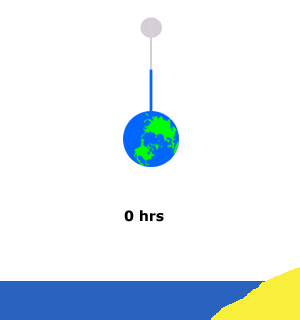
The center of mass between 2 orbiting bodies and the point around which they orbit.

What is the barycenter?
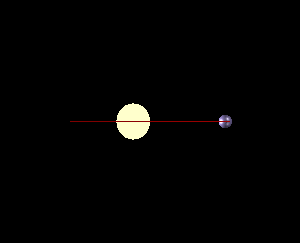
The galaxy our solar system is located in.
What is the Milky Way Galaxy?
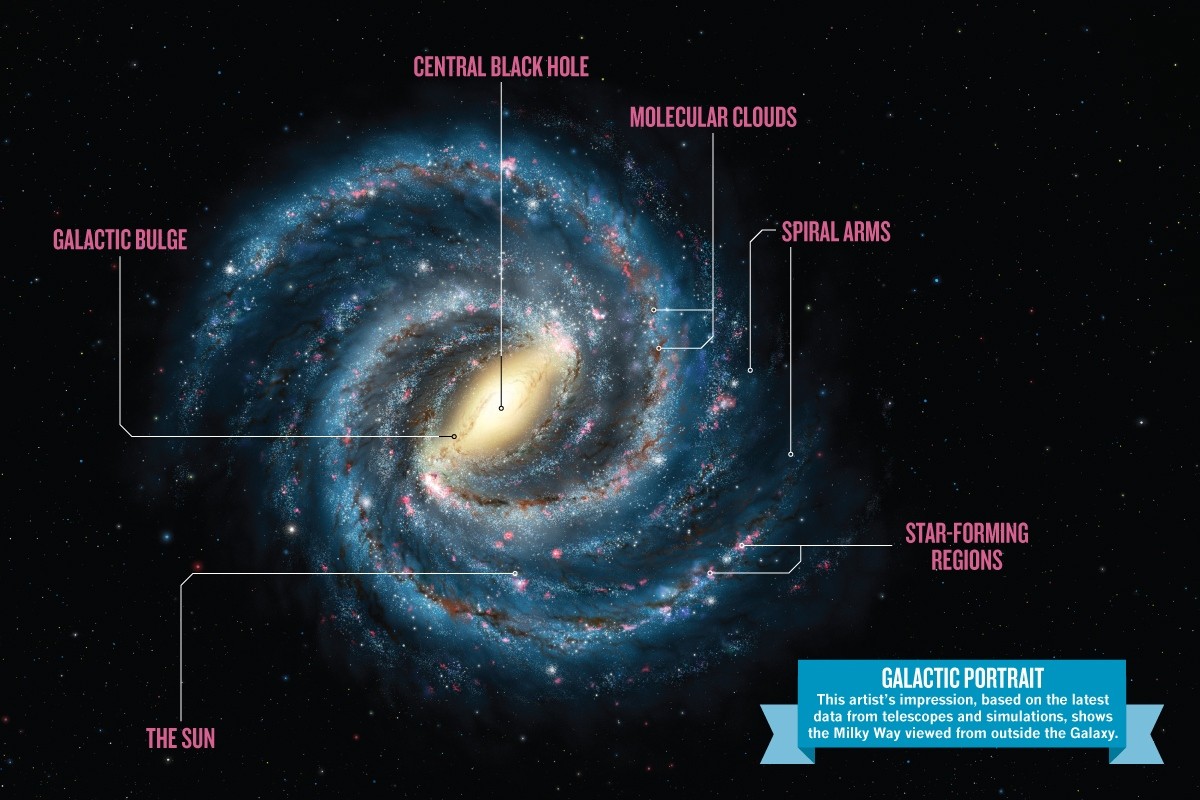
The time it takes for Earth to complete one REVOLUTION
What is 365.25 days?
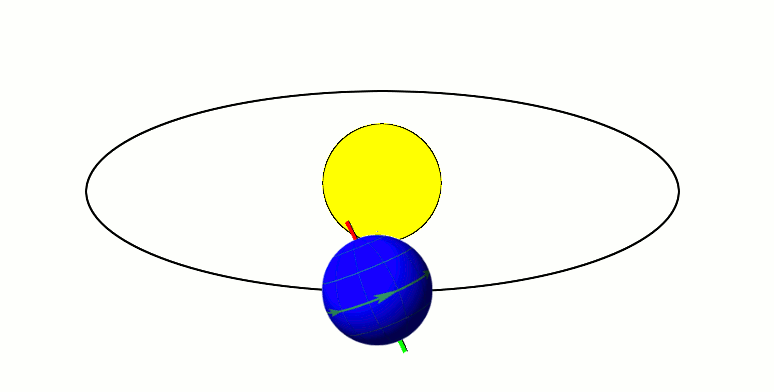
The reaction that produces the Sun's energy

What is a fusion reaction?

Moon phases associated with Neap Tides
What are first quarter and third quarter?
Law that states that planetary orbits are elliptical in shape.
What is Kepler's First Law?

Movement of galaxies A, B and C indicated by the spectral lines below.
What is "away?"

The reason Polaris won't always be the North Star

What is precession?
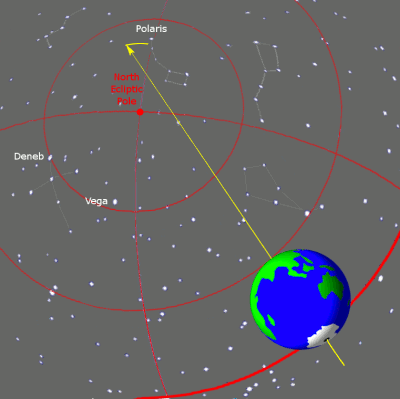
The form of energy transmitted from the Sun to Earth.
What is Electromagnetic radiation?
The small "nodding" of Earth's axis that has a cycle period of 18 years.
What is nutation?

According to Kepler's Second Law, the relationship between two areas swept out by a line joining a planet and the sun in 2 equal time intervals

What is "equal?"

Location on this diagram that would experience the longest period of daylight during one 24 hour period.
What is location D?
The season that would be experienced at position "C" in the diagram:
What is Fall?
Moon phases associated with Spring Tides.
What are full moon and new moon?
The seasons that correspond with Earth's position in order: A, C, E, G
What are spring, summer, fall, winter?
